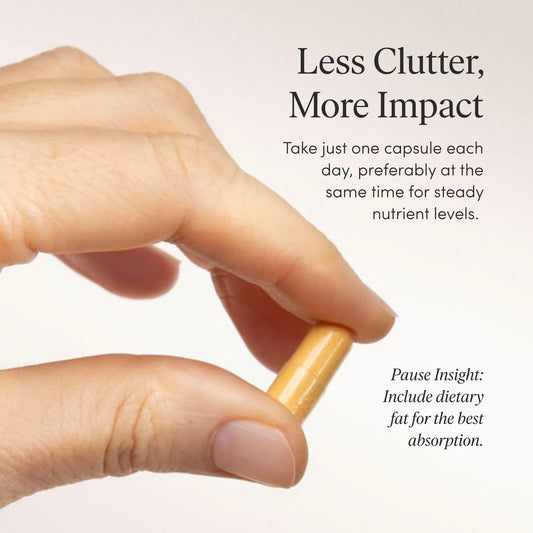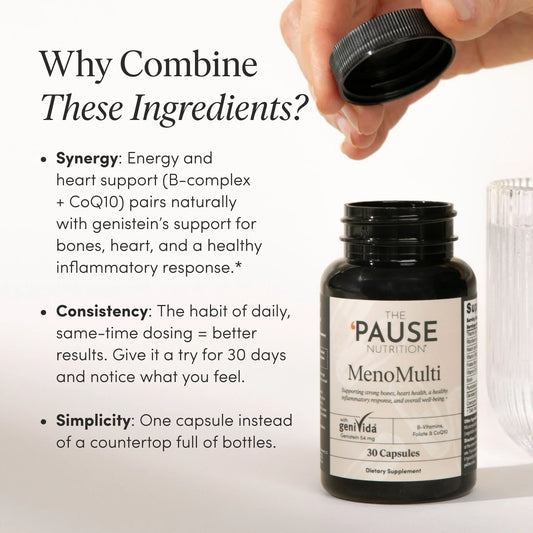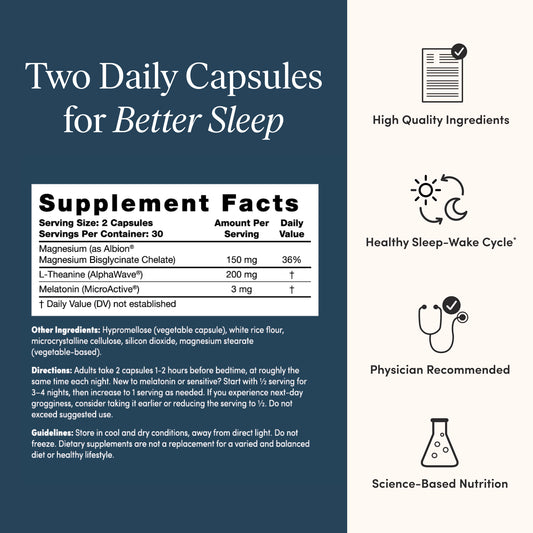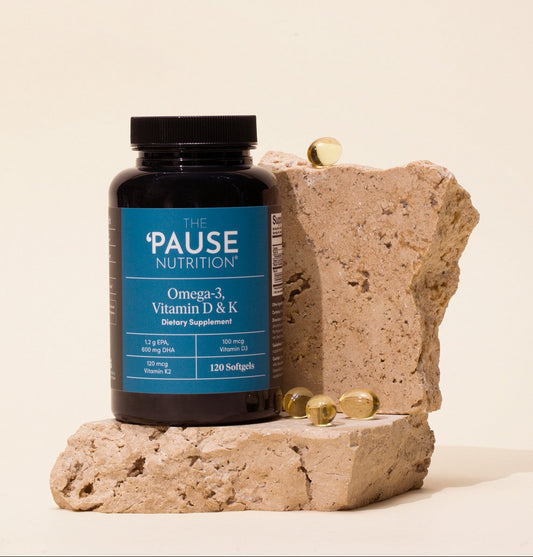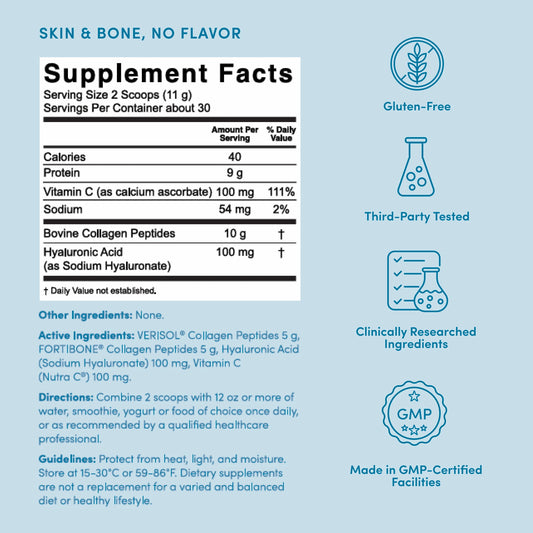The Power of Protein & Resistance Training

Share
I probably don’t have to tell you that your body changes during the menopause transition (MT). Some of the changes you can see, and some you can’t. The most obvious changes are weight gain and the redistribution of fat to your abdominal area, which gives you - what I like to call - “the menopause middle.” This abdominal fat is typically a result of an increase in visceral fat, a type of belly fat that’s found deep in your abdominal region where it can wrap around your stomach, liver, and intestines, and negatively influence how these and other nearby organs work.
Some of the changes you can’t see relate to your muscle mass and strength. Muscle mass is essential with aging as it assists in keeping your bones strong and helps you to stay physically active. A decline in bone strength may be mild as osteopenia or, worse, osteoporosis. You can take steps to reduce the severity of these changes and help you age healthier.
Estrogen changes and body composition
Estrogen is considered a chief regulator of metabolism in the female body, and the decline in estrogen levels during the menopause transition (MT) causes the body to become significantly less effective at burning energy. This happens because as estrogen (and testosterone) decline, we see an acceleration of age related muscle loss. As our lean muscle mass decreases, our cells burn less energy, fat accumulation increases.(1) This is known as a change in body composition.
Evidence from the Study of Women’s Health Across the Nation (SWAN) showed the lean muscle mass rate declines while fat accumulation doubles during the MT.(2) The gradual loss of muscle mass, strength, and functional ability is known as sarcopenia.(3)
After the age of 50, muscle mass decreases by 5 to 10% every ten years.(7) Read that again. It is alarming that up to 10% of your muscle mass can disappear every 10 years. The loss of muscle mass triggers:
- Slower metabolism
- Decreased bone strength
- Weight gain
- Redistribution of fat
- Insulin resistance
- Decline in strength
The loss of strength increases the risk of falls and frailty with aging.(8)
- Before the age of 60, 1 in 5 women fall each year
- After the age of 65, 1 in 3 fall each year
- Over age 80, 1 in 2 fall each year
As concerning as these numbers are, the injuries may be worse. After the age of 50, half of all women will fall and break a bone during the fall due to osteoporosis, and 30% of falls will cause moderate to severe injuries such as (8):
- Head trauma
- Hip fracture
- Lacerations
- Dislocations
There is a very real risk of developing these issues after menopause if you aren’t taking steps to prevent them. The two key components to prevention are protein consumption and resistance training.
Why protein consumption matters
Protein regulates skeletal muscles by building and maintaining muscle mass.(4) An imbalance in skeletal muscle proteins occurs during the MT that may relate to a resistance of the body’s ability to process proteins. In the post-menopausal person, this will cause a loss of muscle size and strength, leading to further body composition changes.(1)
There is good news. Research shows higher protein intake is associated with a decrease in the loss of muscle mass in older adults. The same study that revealed the doubling of fat accumulation also showed a 32% lower risk of frailty when there was a 20% increase in protein intake.(6) Additionally, increased protein intake improves physical activity and mobility while decreasing fracture risk and loss of bone density.(5) Unfortunately, the average woman’s protein intake tends to decline as they move through the MT.(4) This means that you may need to change how you think about protein in your diet.
How much protein should you consume
There are different schools of thought on the amount of protein you should consume on a daily basis. Higher amounts of protein intake help the body maintain lean muscle mass and burn energy during times of rest.(1) I recommend 1.5 to 1.8 grams of protein per kilogram of your lean body mass. What do I mean by “lean body mass?” This is your preferred weight, where you feel your best. Feel free to do the math or use our handy protein calculator to determine your specific range, and for me, it is about 100g/day, but a simple strategy would be to consume 30 to 35 grams of protein (about 3 to 6 ounces) at each meal and an additional 10 to 20 grams of protein (about 1 to 2 ounces) with each snack.
Spread the protein you consume throughout the day. Not only will this help the body digest and use the energy more efficiently, but it will also help you feel fuller.(4) Ideally, when you feel full, you eat less, which may lead to the bonus of a reduction in body fat. Be aware you can overdo the protein intake. When you consume too much protein, excessive amino acids can form, which your body changes into glucose. “Excessive” would likely be more than 2 grams of protein per kilogram of your “happy weight”.
The type of protein you ingest matters as well. Some proteins have a higher value in the body’s ability to digest and absorb them. High-value or healthy proteins also minimize muscle soreness.(1)
Examples of healthy animal proteins:
- Anchovies, salmon, trout, tuna, and shellfish
- Lean beef, beef jerky
- Poultry including chicken, duck, turkey, and Cornish hens
- Venison and bison
- Eggs
- Lean pork
Examples of healthy vegetable proteins:
- Almond or cashew milk or cheese
- Chia seeds, pumpkin seeds
- Chickpeas, edamame, legumes, lentils
- Tofu, tempeh, seitan
Why resistance training is just as important
Eating a high-protein diet isn’t the only method of preserving muscle mass. Resistance training is one of the best methods of retaining lean muscle mass and strength.(4, 7, 9) Resistance training involves exercises that cause muscles to contract against outside resistance. The resistance may come from your body weight, dumbbells, weight machines, or resistance bands. Another term for this type of exercise is strength training. You may have exercised in the past with the purpose of losing weight, but now you need to refocus and exercise to stay strong. To have a strong heart, strong muscles, and a strong mind.
If you follow me on social media, I”m sure you’ve seen me with my weighted vest. I use the vest to help improve my bone and muscle strength because I know I am at risk for osteoporosis. I have also become more serious about lifting heavy weights. To learn correct form to prevent injury I began using personal trainer Holly Rilinger, founder of The LIFTED Method. She offers virtual 1:1 training programs so I can do my workouts anywhere, including when I’m traveling.
If you’re brand new to weight training or have been away from it for a while, you may want to check out her LIFTED’s Blueprint which was developed to help women in mid-life become more comfortable with weight training. Using a trainer can help those who aren’t comfortable figuring out resistance training on their own and it’s been a game changer for me. In addition to online trainers, you can check out your local gym to work with a trainer and develop a plan to help you stay strong.
If you aren’t able to use a personal trainer, don’t let that be a barrier to getting or staying strong. Start simply with walking. Then, add an incline to your walk or hand weights. Go old school with calisthenics that use your own body weight with squats and push-ups. There are so many methods of easily adding resistance training. Aim for exercising each muscle group with 1 to 3 sets of 8 to 15 repetitions for each exercise a minimum of two days a week.(7)
Combining the benefits of increased protein intake with resistance training exponentially improves your muscle mass and bone health. Consider this: Increased protein intake and resistance training are the most prescribed non-pharmacological treatments used to maintain the health of aging populations.(4) This is because these two methods are incredibly effective tools to maintain muscle mass and reduce the risk of sarcopenia in menopausal women.(4)
The ability to preserve muscle mass can profoundly affect not only your well-being and overall health but also your independence as you age. All women from perimenopause to post-menopausal and beyond have the potential to increase muscle mass and physical strength with regular resistance training. I encourage you to consider what steps you are going to take today to stay strong!
Note: Please be sure to check with your doctor before starting any exercise program.


















